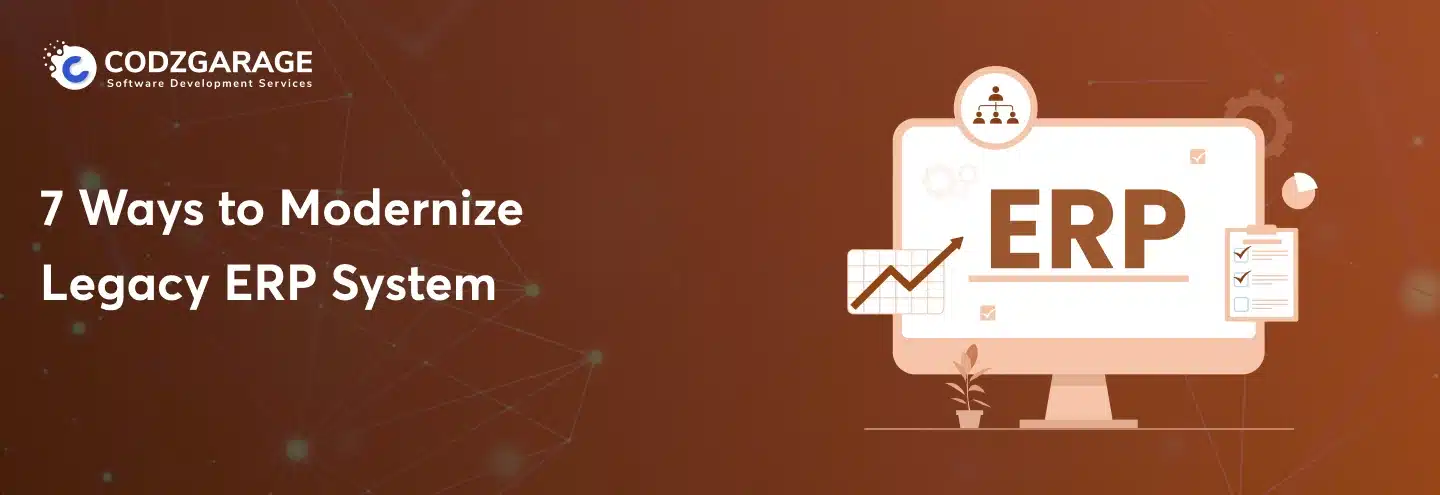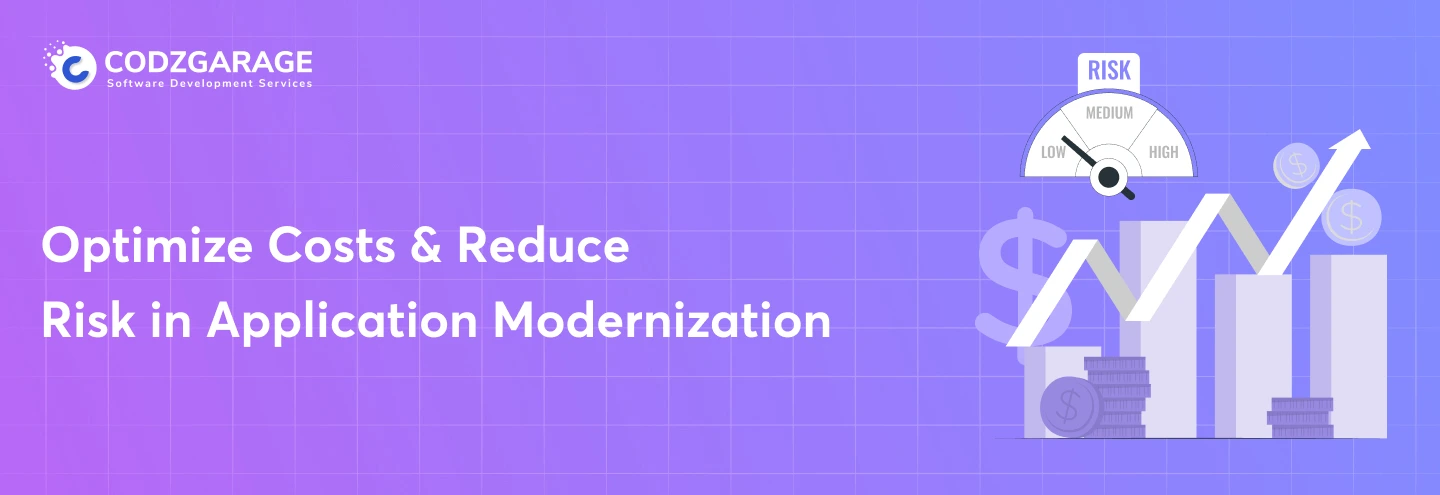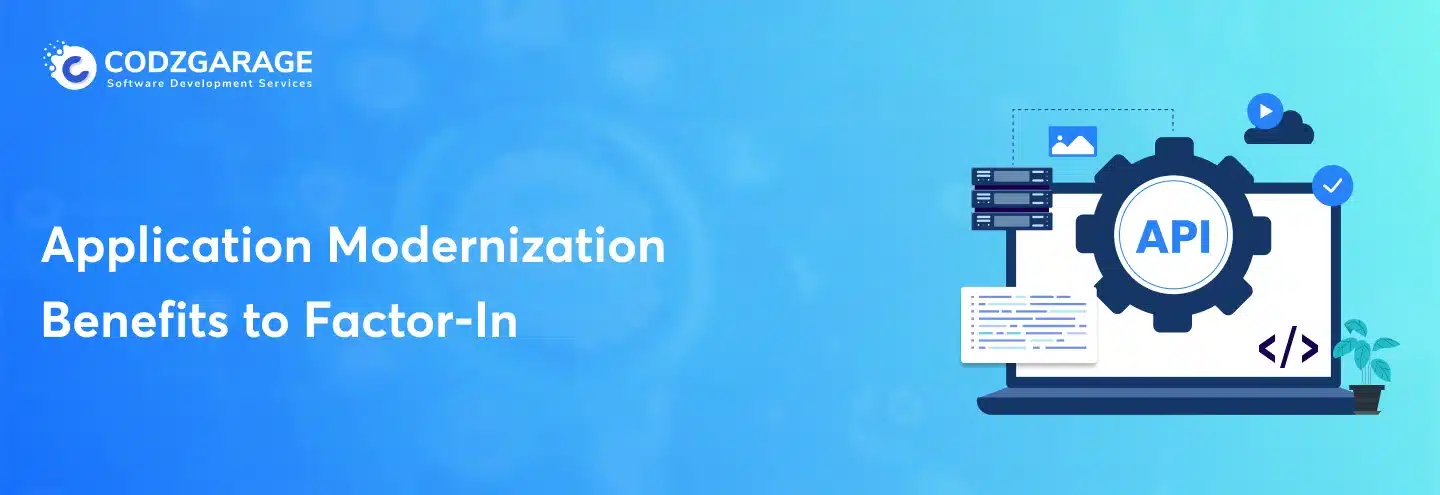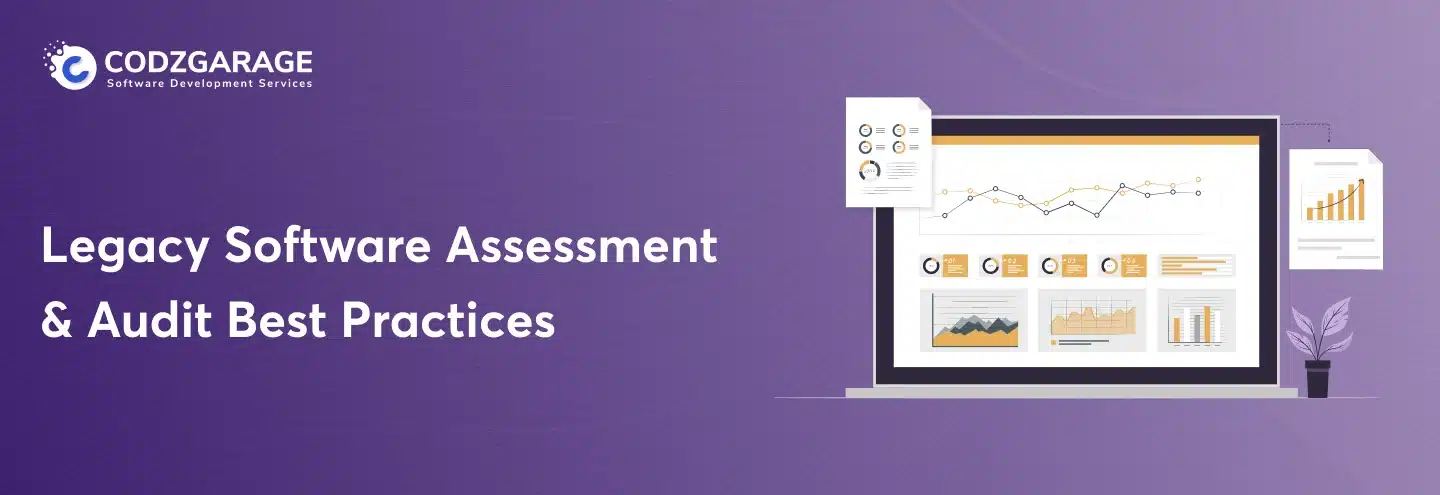Lift and Shift vs. Refactoring vs. Rewriting: Choose Right Migration Approach
A complete guide to guide you when selecting the right software modernization approach by comparing Lift and Shift vs. Refactoring vs. Rewriting!
It’s needless to say why cloud migration is imperative for today’s business; however, having the right approach to it is of utmost significance. Fortunately, this article compares the top three software modernization approaches, “Lift and Shift vs. Refactoring vs. Rewriting,” enabling you to choose the the right fit for your project.
Right from decomplexifying IT systems and skyrocketing performance to reducing expense, there are tons of reasons why cloud migration is the future of software. Similar to its benefits, the approaches to software modernization, too, are plenty.
Since there’s a variety of approaches, they tend to complexify the selection when you need to choose one of them. But fret not! This article has brought along a complete assessment of Lift and Shift vs. Refactoring vs. Rewriting so that you can easily choose one of them!
Codzgarage, an application modernization & software migration agency, facilitates all your complications relating to software development and consulting to migration and the like. Contact us today for a free quote!
Let’s get to grips with it!
Why Application Modernization of Your Monolithic Application to the Cloud?
Before moving any further, let’s get to understand what a monolithic application actually is and why you should consider application modernization to the cloud! A monolithic application is an application that has either all or the majority of its functionalities within a single, large container or is completely componentized into internal libraries.
This type of application, oftentimes, represents crucial business functionalities and is responsible for a considerable percentage of core business products as well as service revenue. A change made outside of this application can merely bring a tiny benefit. For the most significant advantages, businesses require to make changes in the primary business system during modernization.
Benefits you’re likely to embrace by application modernization
- Improved performance.
- Enhanced scalability.
- Next-level of innovation.
- Elimination of the tech debt.
- Strengthened security and compliance.
Organizations, in general, are more likely to want to enhance employee productivity, user-experience and tighten security protections of their sensitive data. Fortunately, when an application successfully migrates to the cloud, you can embrace all these benefits.
Businesses have two alternatives when they encounter limitations with an existing application which are to move the app to the cloud or stay at the same level, facing hassles frequently. Fortunately, no business out there would want to be stuck there but to migrate applications to the cloud and squeeze benefits.
What Are The Differences Amongst Lift And Shift vs. Refactoring vs. Rewriting?
There are a variety of dos and don’ts of software migration to the cloud that you should know before you head to application modernization. However, there are many aspects to explore, and having selected the right approach to software modernization is the first thing to consider. That said, we’ve come up with this informative guide consisting of an in-depth comparison of “Lift and Shift Vs. Refactoring Vs. Rewriting. Skimming through this guide will enable you to get a hold of all of them, allowing you to choose one which suits your needs the most. So, let’s get started!
What Is Lift And Shift?
One of the significant approaches to cloud migration, Lift and Shift, consists of taking applications offline prior to uploading them to the cloud environment. The process intends to migrate the chosen applications and data that are still on-premises to the cloud. If you need to meet short migration deadlines, going with the Lift and shift will come in handy. The process is divided into three parts, that is to say, assessment, planning, and migration. When it comes to benefits, with Lift and Shift, you can have enhanced speed, innovation, next-level of flexibility, and resilience.
Pros And Cons of Lift & Shift
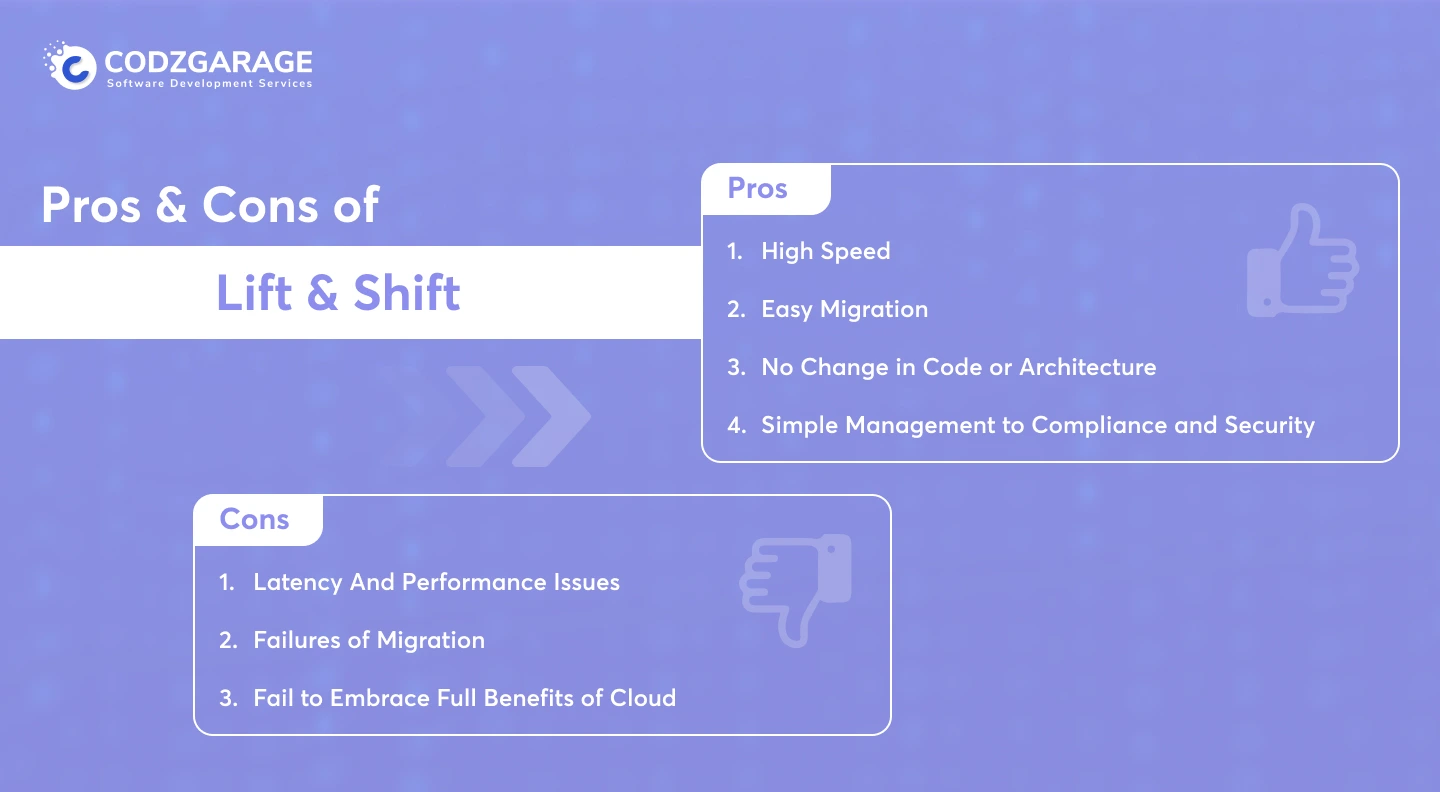
Pros
- High Speed— Lift and shift is one of the fastest ways through which you can get your workloads on the cloud in no time. It doesn’t require separate resources for code revisions and optimization. Moreover, it allows your app to adapt quickly and run natively on the cloud.
- Easy Migration— It allows you to move crucial business functionalities, including Active Directory, directly in reduced time. Moreover, it presents mitigated risks and disruption to the business procedure and activities.
- No Change in Code or Architecture— Applications get migrated to the cloud without any change on the infrastructure or application, mitigating development and testing time and efforts.
- Simple Management to Compliance and Security— Since applications need no change in compliance and security elements and stay the same, it eliminates the need to get mapped for new resources.
Cons
- Latency And Performance Issues— On-premise systems are more likely to encounter latency and performance issues after migration. The reason for this may be not being modified or optimized to fit the cloud environment.
- Failures of Migration— If you fail to map app requirements accurately to the corresponding cloud configuration, you may have to see your project failure, too.
- Fail to Embrace Full Benefits of Cloud— Legacy applications are less likely to be scalable, hence, deny allowing distributed workloads as the cloud-native apps do. It fails to embrace the optimal benefits of the cloud.
When to Employ Lift And Shift Migration Strategy?
The lift and shift cloud migration strategy has plenty of advantages in store to provide to its users. It involves the next level of effectiveness, reduced expense, and the like. The benefits don’t end here but continue further. Below mentioned are some sort of circumstances when you should avail lift and shift approach for legacy system modernization.
- Choosing Lift and Shift is a good option for those willing to move to the cloud but are afraid of disruption or have their app in need of running with no interruption caused by modification.
- Next up, lift and shift would be the right alternative for those highly concerned about the time and expense associated with application migration.
- In case an application isn’t customizable, it’d be better to move them to the cloud. It lessens expenses and frees up storage for applications that are tough to redesign.
- If you have a commercial off-the-shelf application in which making changes is hard and challenging, it would be an ideal thought to choose the lift and shift method for app modernization.
What Is Refactoring?
How would you feel when you reach your workplace and find things at sixes and sevens? You probably don’t like it, or if you’re someone like I’m, chances are you definitely don’t. Something similar happens when you miss out on decluttering code when creating an application’s functionalities. That’s where the code refactoring approach comes into play.
The Refactoring method involves restructuring the source code of software intending to improve its internal as well as non-functional functionalities with no changes or interruption in its current functions. In general, there are three kinds of source code refactoring.
Following are all three types of refactoring approaches to software modernization!
- Source Code Refactoring— It revamps functionalities of the original and existing source code, intending to troubleshoot the glitches.
- Database Refactoring— It consists of fine-tuning the database infrastructure intending to enhance the design and hence, performance of the application.
- User-Interface Refactoring— This approach involves beautifying an application’s UI for better consistency and functionality.
Pros and Cons of Refactoring Code
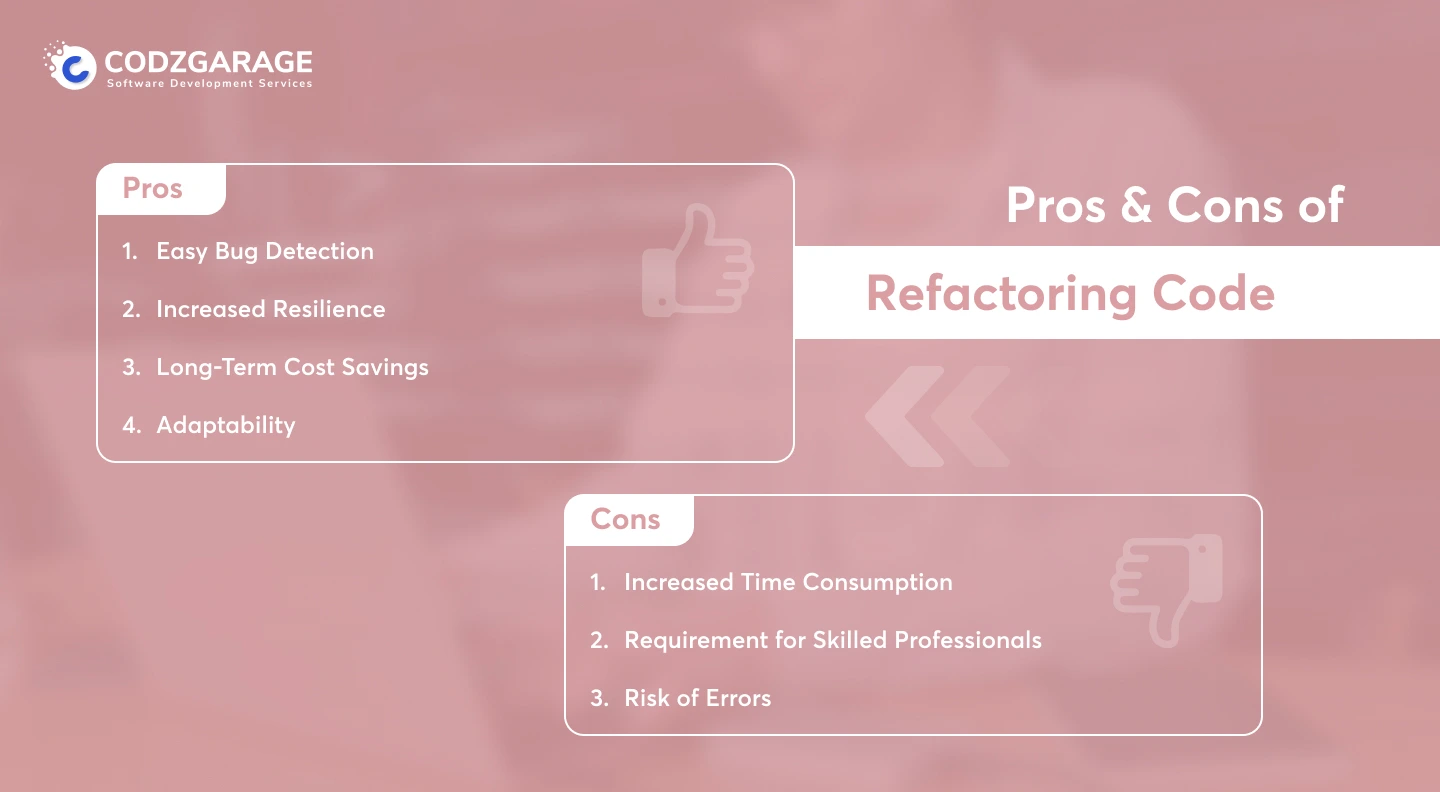
Pros
- Easy Bug Detection— It’s an excellent method to understand code. When refactoring, you improve your knowledge of the code, and you’re more likely to begin to spot bugs by getting familiar with them. As a result, you can improve the code quality with ease and convenience.
- Increased Resilience— Decoupling components of an application and writing managed solutions hand-in-hand offers the next level of availability, capacitating the application to inherit the robustness of the cloud.
- Long-Term Cost Savings— It matches the actual resource requirements to the cloud infrastructure and mitigates the cost. The competency to scale as per the need lessens resource consumption and offers long-lasting ROI.
- Adaptability— By adding new features and modifying existing functionalities, the cloud-native and microservices architectures enable applications to scale as per requirements.
Cons
- Increased Time Consumption— Refactoring is more complex and resource-intensive when compared to the lift-and-shift migration mode; hence you need to invest more time in this approach.
- Requirement for Skilled Professionals— Refactoring isn’t a beginner’s cup of tea but requires dexterous professionals to work on. You need next-level coding skills, DevOps, and automation skills.
- Risk of Errors— Refactoring consists of an extensive change in an existing application. Hence, there’s a high risk of potential errors with code, infrastructure, and configuration.
When to Employ Refactor Migration Strategy?
Consider employing refactoring code if you haven’t made any change or added any feature to your existing application yet. Doing so improves the quality of the application and makes it easy for future developers to develop the original code.
Furthermore, you can choose the refactoring model even when you have already launched a product. If the existing code is hard to read, it may be tough even when it comes to detecting typos, repetitions, dependencies, and the like. When you choose refactoring, it ensures you get complete assistance for the efficiency and readability of codes.
What Is Rewriting?
The rewriting approach to software modernization involves recreating and scrapping the existing application’s code entirely. Making use of modern technology, organizations rewrite their data to address vulnerabilities relating to data security. It enables you to preserve an existing application that, if not done, could get obsolete.
The rewriting approach enables organizations to rethink their application and develop it once again with modern tools and technologies. Choosing this approach enables you to make every possible change you want and get them right, making your existing application like a new one.
Pros and Cons of Rewriting
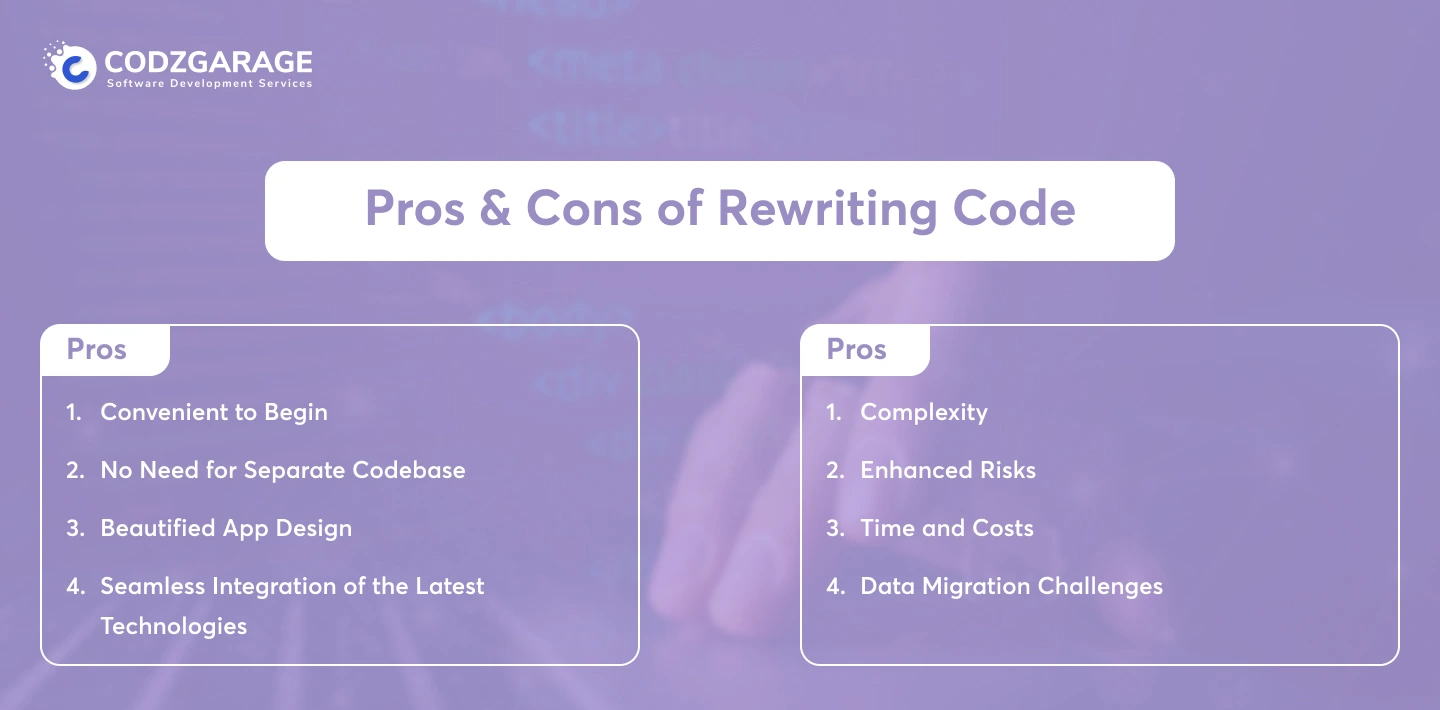
Pros
- Convenient to Begin— Rewriting tends to be way easier for those who are already working on the same code. As they’re already familiar with the code and the areas where potential improvements are needed, they don’t need any approval to initiate the project.
- No Need for Separate Codebase— With rewriting, there’s no need to create two separate codebases. This, as a result, reduces the maintenance expense to a large extent while lessening the time and effort associated with the project.
- Beautified App Design— Rewriting allows you to refresh the overall design of your application and modules with its optimization. Apart from it, it allows you to update your user journey map. It makes sure that each step remains self-explanatory to the end user.
- Seamless Integration of the Latest Technologies— When you employ the rewriting method for software modernization, you’re more likely to put an end to all the requirements of aligning old code with the current market needs.
Cons
- Complexity— Complexity is one of the biggest disadvantages of the rewriting approach. The model brings along possibilities for data loss, cost overruns, errors, and extensive delays, leading to increasing complexities with the project. Even a single bug can create a large issue.
- Enhanced Risks— Even after having all these benefits, the rewriting approach comes with some risks as well. At times, a new system fails to replace an old and existing system entirely because of planning gaps. This may cause you to run two separate systems in parallel, that’s completely ineffective. No one wants to do it after making such a huge investment.
- Time and Costs— Rewriting legacy applications from scratch can take a lot of time and resources. You need to hire a software migration expert to plan, build, test, and deploy.
- Data Migration Challenges— In migration, data is essential. Even if you rewrite your application, you need to use the same old data to maintain the business process. When you rewrite the application, migrating data from the old to the new system will be a challenge.
When Should You Rewrite an Application?
There may be hundreds of reasons why you should choose the rewriting approach; however, below mentioned are some of the crucial ones, if we name a few! Consider employing a rewriting approach when_
- It’s full of a challenging affair to find developers and maintain an outdated application.
- A few features of an existing application have become obsolete, and it fails to fulfill the current business needs.
- The increased technical debt seems to cost a small fortune.
- Crucial business changes and the latest required features are less likely to be met with the current application.
- The quality of the codebase isn’t that important, but doing away with the messy codebase is a concern.
Comprehensive Comparison of Lift and Shift vs. Refactor vs. Rewriting
While Lift and Shift consist of lifting a complete or partial application from an on-premise or existing cloud environment to a new one, the refactoring involves significant changes to the code with no need to impact the application’s outside behavior. A rewriting approach, on the other hand, tends to create an entire code that is written from the get-go.
| Sr. No. | Lift and Shift | Refactoring | Rewriting |
|---|---|---|---|
| 1. | Streamlined app modernization and deployment | Avails cloud-native features | Coding begins from the scratch |
| 2. | Less efforts required to move an application | Merely a certain elements of the app are modernized | Consists of significantly recreating existing codebase. |
| 3. | Feasibility of faster code changes | Rapied app migration and deployment | No limit to be with existing code |
| 4. | Less immediate expense | Reduces the overall code complexity | Convenient updation of tool and technologies |
Now, have a sneak peek at the table mentioned above and make sure which one you would like to employ for your next project. First off, conduct an in-depth analysis, and ensure which one of the methods you actually need. If you just need to shift your application from its existing database to a new one, lift and shift should be the right choice. On the other hand, in case your existing application to be migrated is full of complexities, you had better consider one of the alternatives from refactoring or rewriting according to your requirements.
Wrapping Up:
That’s all there’s to it! We thoroughly assessed Lift and Shift vs. Refactoring vs. Rewriting in this article and tried to know everything about them. This assessment included every single aspect of all three methods, for instance, their kinds, pros, and cons, along with the right moment to choose one of them. Now, you probably have got all your questions answered, so make use of them for a complete modernization of your existing application.
Need
Legacy Application Modernization?Our expertise lies in_
- VB.NET application migration
- VB6 To web migration
- Desktop To web migration




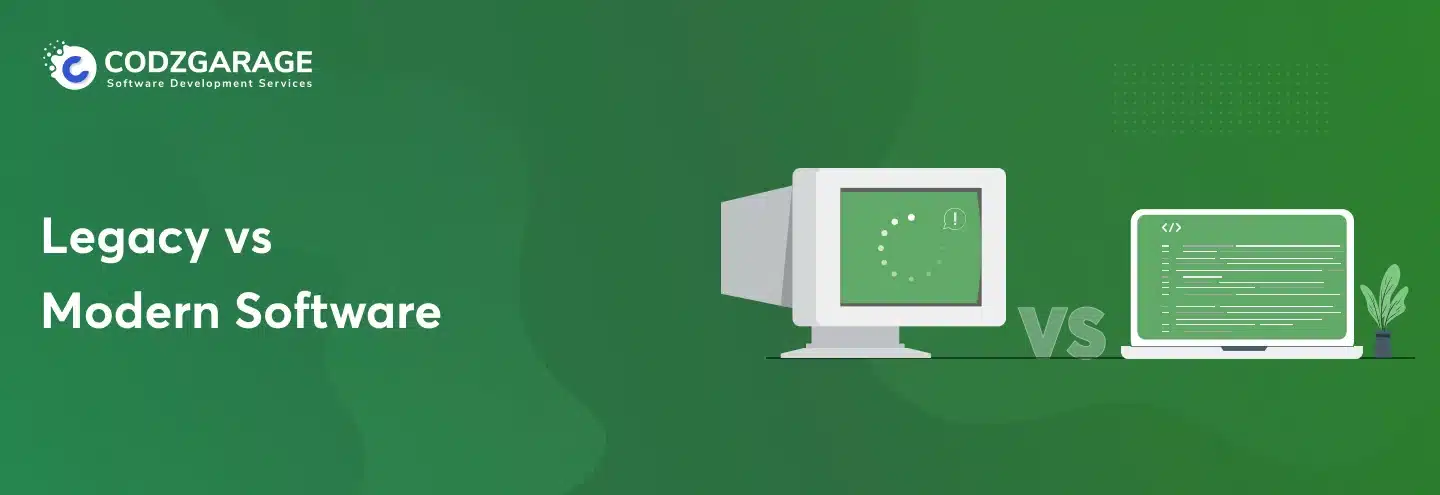
 Paresh Kapuriya
Paresh Kapuriya 